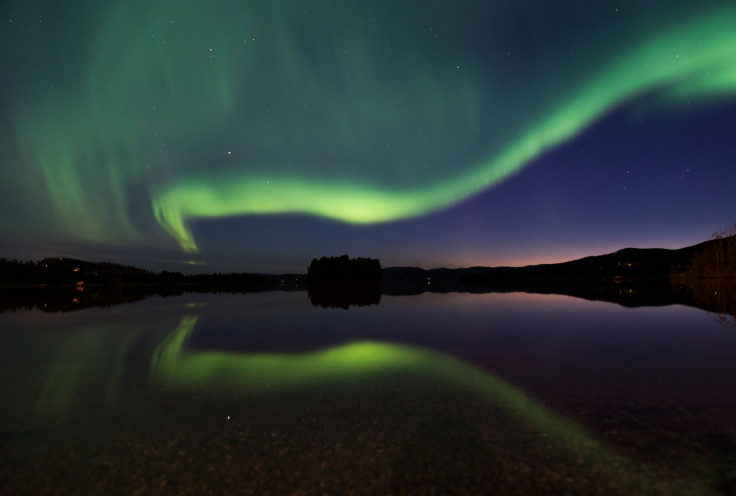Amateur scientists discover new northern lights called 'dunes'
Finnish hobbyists accidentally discover new types of the aurora that resemble dunes on sandy beaches.
Aurora, polar lights or northern lights is one of the most enchanting natural phenomenon humans have experienced. People travel to faraway lands to witness the bright dancing lights in the night skies. Meanwhile, adding to the list of nature's wonders, amateur astronomers have discovered a new kind of northern lights.
According to Independent, the discovery was made by a citizen scientists group working together with space researchers. These sparkly lights have been termed as "dunes."
The recently published paper suggests that the dunes consist of glowing waves that originate when particles released from the sun form oxygen atoms. By interacting with our atmosphere, it creates a glowing effect. These gorgeous night lights of the sky are said to find its origin in the upper part of Earth's atmosphere.
Explaining the phenomenon, the scientists revealed that the sun flushes out charged particles, also known as solar winds, and when it interacts with elements of Earth's ionosphere, the energy released is what is now called dunes. The study was initiated by the University of Helsinki's Minna Palmroth. The scientists teamed up with photographers and enthusiasts to collect samples of different types of northern lights.
The in-depth analysis of the samplings unraveled the set of auroras that do not belong to the known kinds of an aurora. These unspecified types of northern lights were still a mystery when the book was published. Soon after, some Finnish hobbyists witnessed northern lights that identified with the dunes phenomenon.
They are called dunes because these lights looked similar to the dunes on the sandy beaches. The photographers got in touch with Professor Palmroth for further investigation.
"One of the most memorable moments of our research collaboration was when the phenomenon appeared at that specific time and we were able to examine it in real-time", said the Northern Lights and astronomy hobbyist Matti Helin in a statement.
Upon further analysis, it was discovered that the dunes appear to be occurring at a lower altitude, just 100 kilometers above. Meanwhile, the waves are stretched across 45 kilometers. Unfortunately, they remained hard to identify due to their height as they come to appear at what is described as the "edge of the space" which is hardly visible to satellites.

"Due to the difficulties in measuring the atmospheric phenomena occurring between 80 and 120 kilometers in altitude, we sometimes call this area 'the ignorosphere'," Helin added in the statement.
© Copyright IBTimes 2025. All rights reserved.





















